Milwaukee Arts Barge Idea Floated
Could the barge become a vibrant public space for events and community connections?
Antonio Furgiuele, a Research Fellow at the UW-Milwaukee School of Architecture and Urban Planning, (SARUP) is the founder and director of The Milwaukee Arts Barge Project. If you have a barge, he wants it.
His idea is that we could take advantage of Milwaukee’s public waterways to float an arts barge that would connect the adjacent communities with the cultural arts scene.
Furgiuele and his team of Bob Allsop, Becky Lyga, Taylor Kosslin and Travis Shears demonstrated their vision of an art barge at a reception Saturday, held as part of “Mobility Matters,” at the Mobile Design Box at Denim Park, 1551 N. Water St.
The exhibition, which is sponsored by the Mandel Group, is open to the public through June 30th, and is worth a look.
At the opening, Dr. Bob Greenstreet, the Dean of SARUP, made the comment that today’s architects are looking at the totality of their works, and in how they fit into their communities. “A building is not just this big shining thing,” the man in black said. It is part of a larger process and community.
At a time when the development of the Milwaukee River is proceeding at a remarkable pace, the concept of an arts barge is worth a look. Since 1988 virtually all new development along the river has been accompanied by an extension of the riverwalk. Architects are paying ever-closer attention to the riverwalk amenities, envisioning them as plazas and natural gathering spaces.
If a barge should happen to pull up, and a performance ensue, so much the better.
Wanted: One Barge, Floating
For now the barge is a dream best viewed at the exhibition in the form of models and displays. It is also available on the website. An actual barge is not yet part of the collection, but there are no shortage of barges in Milwaukee. If you have a spare barge, please contact this group. Much of the development along the river, in fact, has made use of barges at some point, including the site of Denim Park itself. Care to leave one behind?
For now, the student work is worth a look for its own merits. Lyga’s display included elegant plexiglas maps showing different facets of Milwaukee — race, income, property values, etc. Her demographic data, visually transmitted, shows that the river is a barrier between groups. But a river would be no barrier for a barge. The boundaries themselves would be transformed into “an important public space,” she says.
Furgiuele also noted that Milwaukee’s maritime component could be celebrated and used as a means to get people together. He also figured that the barge should have a little pizazz, and his team has envisioned a superstructure that could open and fold, for ease of transport. A good arts barge should be adaptable for multiple uses. You can see a working wooden model of it at the show.
The exhibition also includes posters and photographs, along with very clever cut-out images of the arts barge in situ, also by the talented Lygar.
A 3-D map of the Milwaukee River Watershed greets you at the door. It is a sculptural fantasy, floating on legs of twigs.
Arts barges have numerous precedents, including the floating baths of New York City, in 1870. Architect Louis Kahn designed a floating ship for a symphony. Michael Palin established a floating puppet theater in 1982.
The closest to a Milwaukee-type experience might be the Arts Barge Project of York, England, established in 2013, with its casual description: “This isn’t just a space for ‘arty’ people or for professional performers – we believe that the arts are important for everyone to enjoy and we aim to build a venue where you’ll feel equally welcome whether you just want to enjoy a coffee while you soak up the atmosphere or you’ve come to see a paid performance.”
(I believe the English term “coffee” is best translated into American as “beer.”)
We will see if the Arts Barge idea floats, but be sure to sail by for a look yourself. Or if you can’t make it, check out the video below, which offers a fast-moving rundown of how the Arts Barge might work.
“Mobility Matters,” the exhibit and series of events, runs through June 30th in the Mobile Design Box (UWM – School of Architecture and Urban Planning) located at 1551 North Water and East Pleasant Streets in Milwaukee. The exhibit and events are open and free to the public. For more information about the exhibit and scheduled events please visit www.milwaukeeartsbarge.org or www.reciprocitymke.com.
Video of Milwaukee Arts Barge proposal with Antonio Furgiuele.
Mobility Matters Gallery
Plenty of Horne
-
Villa Terrace Will Host 100 Events For 100th Anniversary, Charts Vision For Future
 Apr 6th, 2024 by Michael Horne
Apr 6th, 2024 by Michael Horne
-
Notables Attend City Birthday Party
 Jan 27th, 2024 by Michael Horne
Jan 27th, 2024 by Michael Horne
-
Will There Be a City Attorney Race?
 Nov 21st, 2023 by Michael Horne
Nov 21st, 2023 by Michael Horne


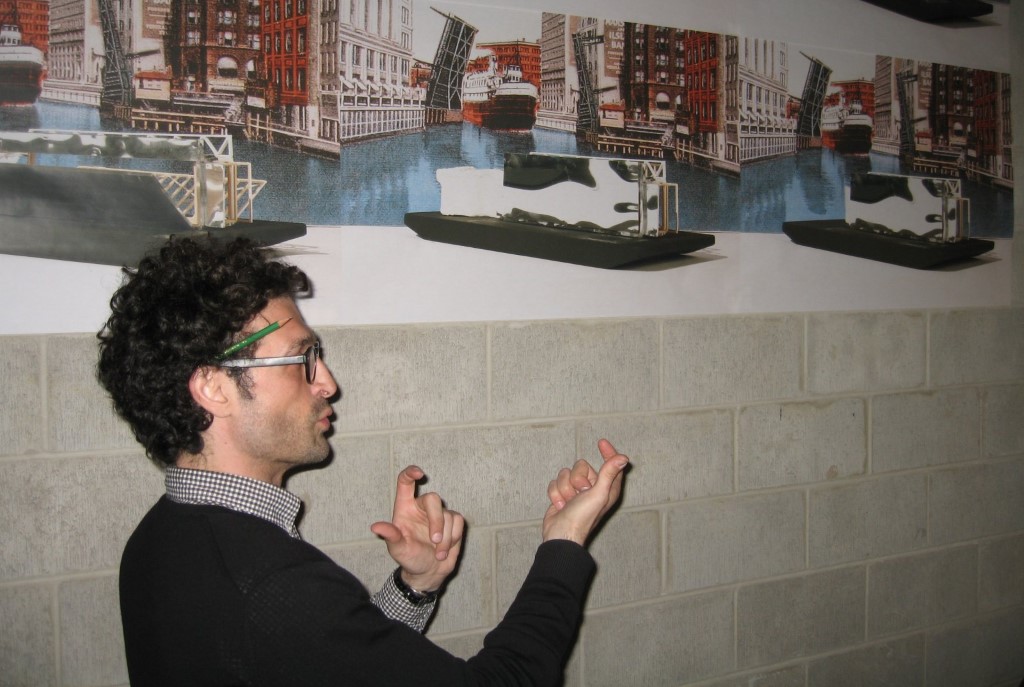
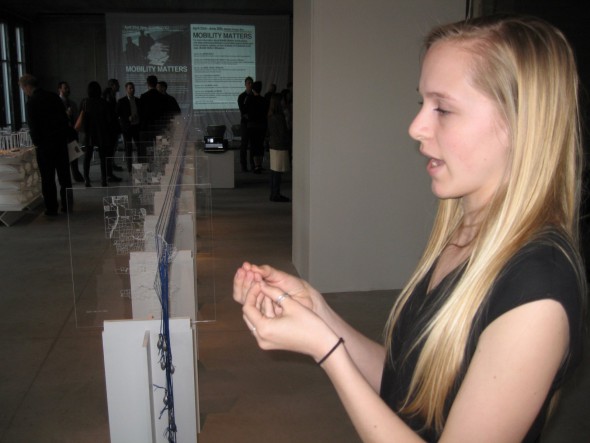
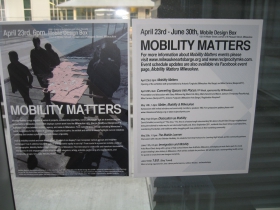
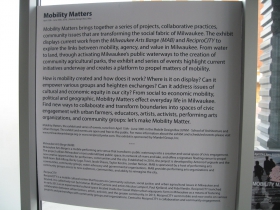
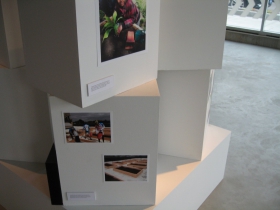
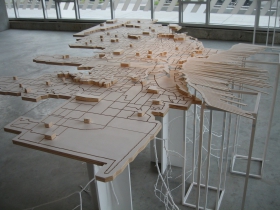
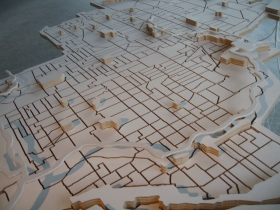
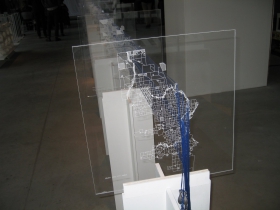
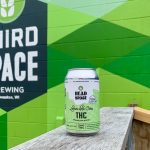














<>
But a barge can only be anchored on one side of the river at a time…it’s not a bridge!
http://www.chicagotribune.com/news/columnists/ct-biennial-boat-kamin-met-0927-20150925-column.html
Chicago Tribune writer and critic Blair Kamin comments on Milwaukee’s Art Barge quest: twitter.com/blairkamin
You’ll need a tugboat, too. A barge ain’t going anywhere on its own. And pushing it slowly through the river in downtown is going to cause trouble for the many other boats – commercial and otherwise – that use that waterway. And you sure as hell can’t take a barge north of North Avenue. I was hoping the website would have more (or any) logistical information on this idea.
Idea that’s not needed… we have plenty of unused public space… next.